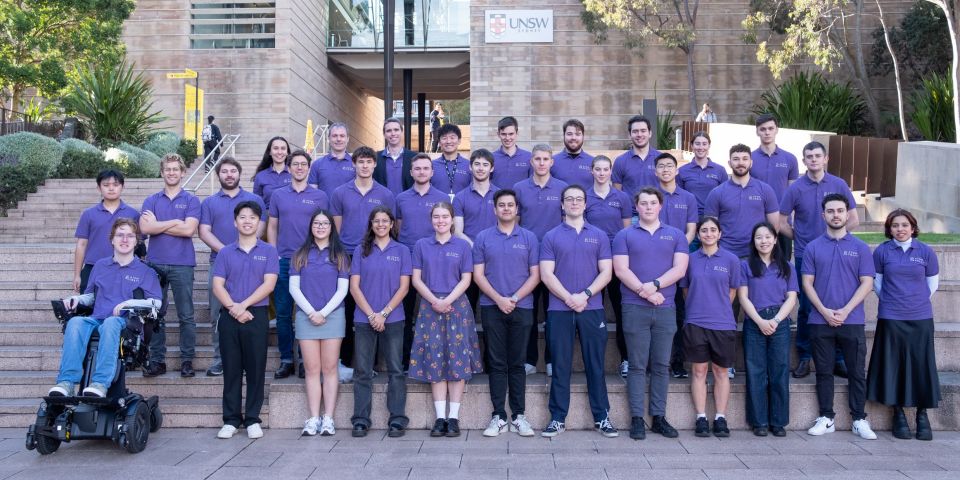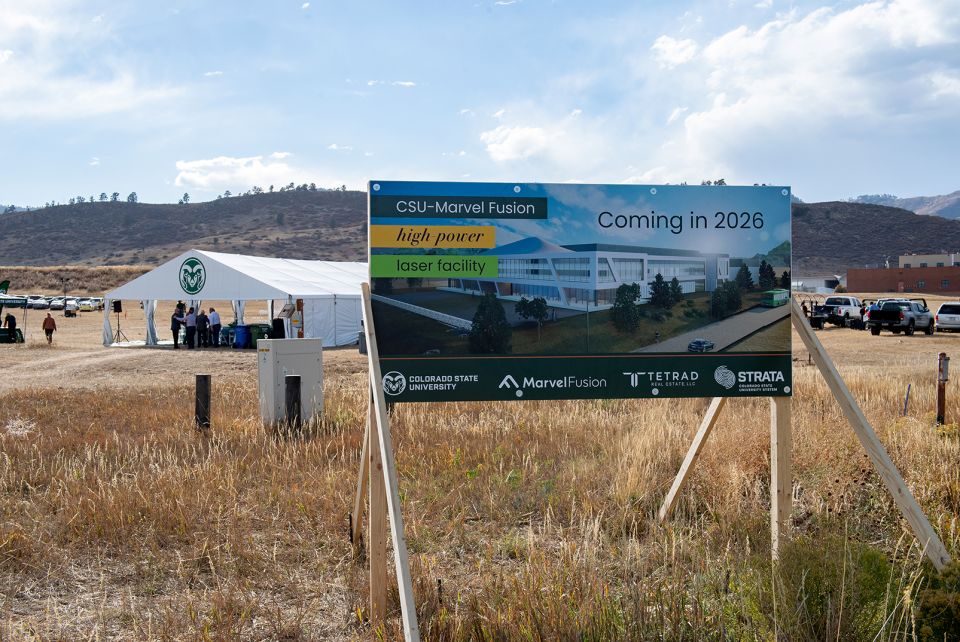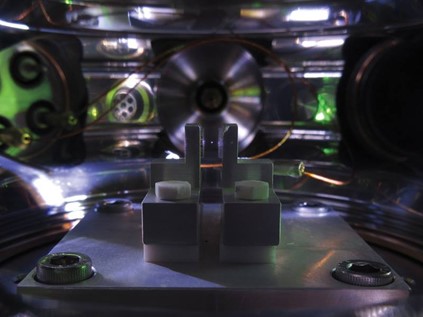The model described in the papers serves to refine ideas about the pedestal, the part of the plasma edge that is subject to instability due to temperature and pressure decreases. The study’s findings help to clarify physicists’ understanding of how the shape of the tokamak affects pedestal stability.
Doughnuts and apples: Parisi and his team investigated the pressure that is applied to plasma inside fusion reactors of different shapes—the “doughnut” and “cored apple” shapes. The researchers focused on the effects of pressure on disruptions in the pedestal known as ballooning instabilities. Such instabilities appear as bulges that stick out from the plasma.
EPED model: The researchers began with the exiting EPED model, which physicists use to predict the height and width of pedestals in tokamaks. These dimensions reflect the pressure, density, and temperature of the pedestal, helping researchers manage plasma stability and minimize instability. The EPED model has previously worked well for conventional doughnut-shaped tokamaks but not for cored apple-shaped tokamaks, such as the National Spherical Torus Experiment (NSTX) at PPPL.
The researchers then altered the EPED model so that it could be effectively applied to tokamaks shaped like NSTX. According to Parisi, “There is certainly a big difference between the stability boundary for the apple shape and the standard-shaped tokamak, and our model can now somewhat explain why that difference exists.”
Pedestal shapes: A key finding of the study is that changing the shape of the plasma edge has a major effect on the width-to-height ratio of the pedestal. This finding could allow physicists to choose among different pedestal shapes in future fusion reactors in order to obtain the most stable plasms and the greatest amount of generated power.
Other variables addressed in the papers include the effects of heating, fueling, and flow shear on plasma shape.
Optimizing stability: Parisi noted that the revised model will aid scientists in the development of additional studies aimed at optimizing plasma stability based on tokamak shape and pedestal height and width. He explained, “Your core fusion pressure, and therefore your power, is so sensitive to how high your pedestal is. And so, if we were to explore different shapes for future fusion devices, we definitely want to make sure that our predictions work.”
The theoretical model developed by Parisi’s team should lead to more-accurate predictions and improved understanding of the physics of tokamaks and their plasmas. That in turn may help hasten the day when commercial fusion power becomes a reality.











